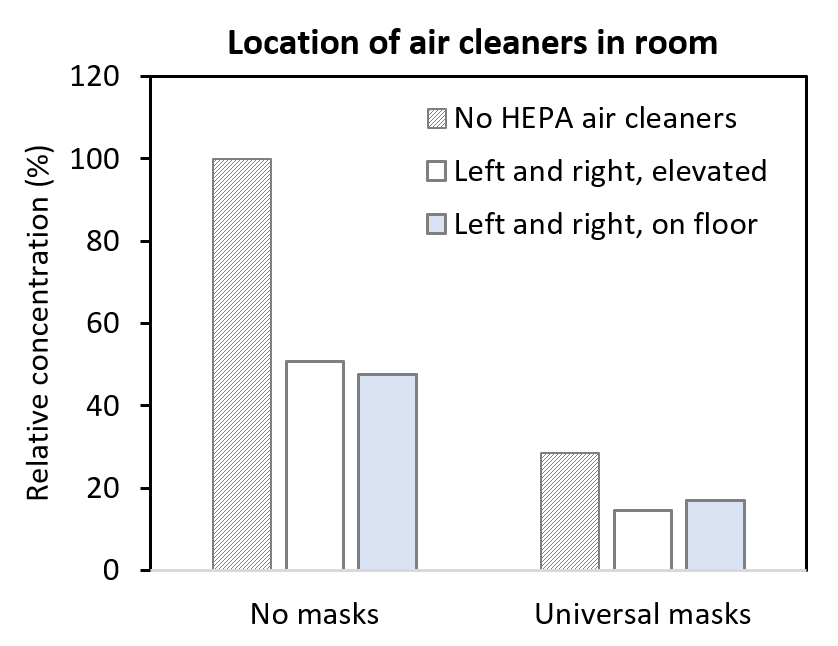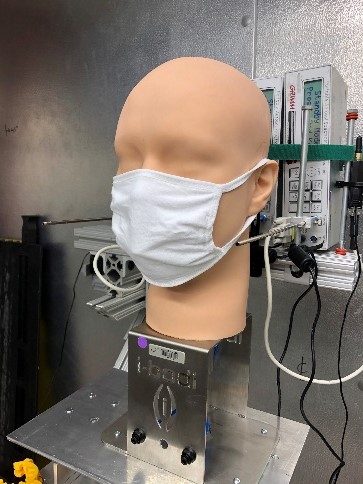Respiratory Health Program PPOP
The National Institute for Occupational Safety and Health (NIOSH) Respiratory Health Program works with a diverse range of partners in industry, labor, trade associations, professional organizations, academia, and other governmental agencies. The program focuses on:
- Protecting workers from respiratory diseases that are caused or made worse by work exposures
- Improving workers’ respiratory health
The program works with partners to conduct research, share information, provide services, and transfer research findings into practice. Key activities include:
- Conduct research and surveillance to characterize work-related respiratory hazards and diseases and inform interventions.
- Provide health surveillance to U.S. coal miners through the Coal Worker’s Health Surveillance Program (CWHSP).
- Contribute to the NIOSH Health Hazard Evaluation (HHE) Program by responding to U.S. workplace requests for assistance.
- Certify courses that train technicians to perform a lung function test called spirometry.
- Provide training and certification testing to physicians who classify chest x-rays for pneumoconiosis (a chronic lung disease caused by inhaling dust).
- Contributed to understanding the occupational implications of COVID-19:
- Ventilation experts provided an early, robust approach to infection prevention and control during the COVID-19 pandemic and shared this knowledge in publications and a popular website. Figure 1 illustrates the effectiveness of masks and portable high efficiency particulate air (HEPA) cleaners to reduce aerosol exposures. Figure 2 shows example of simulated person used in this research.
- Used public data for proximity to others at work to study potential risk of COVID-19 by U.S. occupations, with special attention to Black and Hispanic workers.
- Reported HHEs on key contemporary work-related respiratory health issues such as styrene exposures during cured-in-place pipe liner repairs, and tuberculosis transmission from elephants to zoo employees.
- In 2021, the CWHSP:
- Provided 3,685 chest x-ray screening examinations.
- Reviewed 147 spirometry test results from 40 CWHSP Spirometry Clinics in 12 states: CO, IL, IN, KY, MS, MT, ND, OH, PA, TX, WV, and WY.
- Funded an academic partner to collect and analyze structured work information from mesothelioma patients to assess feasibility of a U.S. mesothelioma patient registry.
- Summarize survey data to describe COVID-19 cases and vaccination status by occupation and industry.
- Estimate filtering facepiece N95 respirator needs for U.S. nonhealthcare essential workers during communicable respiratory infectious disease pandemics.
- Evaluate new virtual and blended platforms for spirometry training courses as alternatives to in-class settings.
- Fund up to two healthcare organizations to pilot collection of standardized work and other public health data in their electronic health records and implement enhanced electronic case reporting for silicosis.
- Evaluate potentially hazardous exposures and workers’ respiratory health in a variety of settings, including dental clinics and nail salons.

Mention of any company or product does not constitute endorsement by the National Institute for Occupational Safety and Health, Centers for Disease Control and Prevention.
The Respiratory Health Program’s mission is to provide national and international leadership to prevent work-related respiratory diseases and improve workers’ respiratory health. This snapshot shows recent accomplishments and upcoming projects.

Figure 1: Relative concentrations of aerosol particles during breathing simulation by portable HEPA air cleaner location and masking status. The plot shows how much the different interventions reduced exposure to the simulated respiratory aerosols relative to the baseline case with no masks or air cleaners used.
Reference: http://dx.doi.org/10.15585/mmwr.mm7027e1

Figure 2: Example of simulated person used in laboratory re-search on effectiveness of masks and air cleaners
To learn more, visit
https://www.cdc.gov/niosh/programs/resp
October 2022
